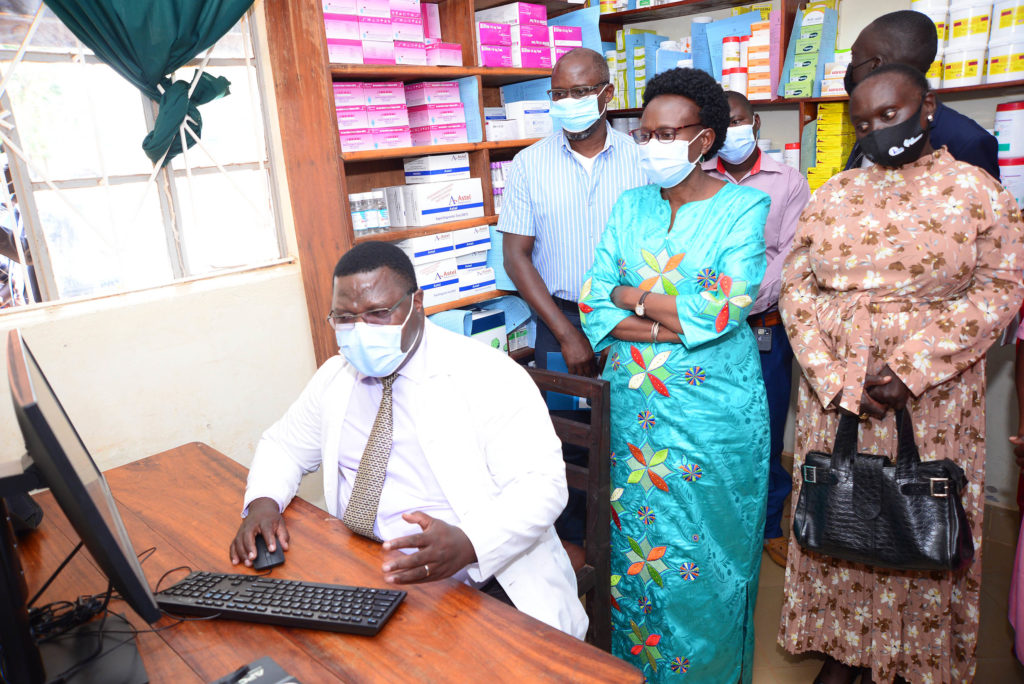Digitizing Uganda’s supply chain to boost access to maternal, newborn and other essential medicines
Digitizing Uganda’s supply chain to boost access to maternal, newborn and other essential medicines

Inadequate access to essential medicines and health supplies is a major challenge around the world. Lack of visibility of products as they move through the supply chain in many countries, including Uganda, leads to stock-outs of lifesaving medicines and health commodities, putting lives and health at risk.
In one case, Uganda’s central medicines warehouse discovered it was completely out of iron-folic acid tablets, an essential medicine for pregnant women to prevent anemia. Amid these shortages, health workers at the National Medical Stores—public-sector medicine warehouses—and privately-run Joint Medical Stores scrambled to locate supplies of the medication, which helps prevent serious complications like pre-term delivery.
An underlying challenge is Uganda’s reliance on paper-based systems and manual input to the computers that do exist across thousands of health facilities serving an estimated 46 million people.
The result? Key links in the supply chain among central warehouses, district medical stores, and health facilities are weak. In many cases, stakeholders do not have access to real-time data to locate essential medicines. This can lead to stock-outs and expirations of vital medicines.
To fix this, the USAID Uganda Strengthening Supply Chain Systems Activity, led by Management Sciences for Health, is working to connect health facilities’ electronic logistics management information systems with the national digital database. The aim is to create end-to-end digital visibility of essential medicines and health commodities across all facilities and warehouses.
To do that, the project is providing computers to health facilities to enable recording of daily stock levels and transmission nationally. More than 760 health facilities are now syncing supply chain data into this database, known as the Pharmaceutical Information Portal.
To formalize exchange of data, the first reproductive, maternal, newborn, child, and adolescent health-related specific stock status report was introduced in November 2021. The information is shared monthly with stakeholders to avoid future shortages, over-supply, and waste of these high-impact, essential medicines for women and children.
Health care workers and other stakeholders in Uganda can access and use the data to expedite orders of commodities in inter-warehouse transfers to where they are needed.
As a result of efforts over the past year, Uganda’s health facilities have seen increased availability of supplies for a basket of 41 medicines considered essential for managing infectious diseases, including maternal and reproductive health commodities.
The benefit goes beyond iron-folic acid tablets. The ability to predict supply levels more accurately is helping save lives by ensuring the availability of oxytocin to prevent and treat postpartum hemorrhage, enable better family planning with contraceptives, vaccinate children against infectious diseases, and more.
On average, for the most recent quarters, the project has maintained its target of overall stock availability for essential health commodities at about 80%. As of April 2022, the central warehouse had adequate stock of iron-folic acid tablets to distribute to all health facilities that need it.